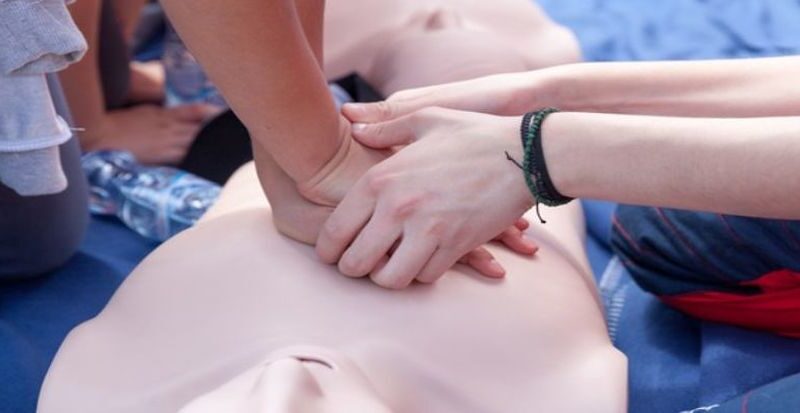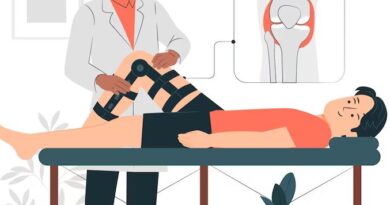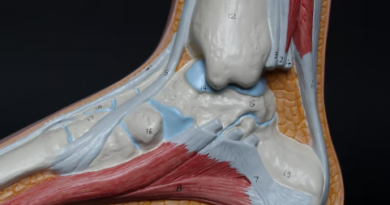CPR & BLS Training: How Often Should Forest Hills Healthcare Providers Re-certify?
Cardiopulmonary resuscitation (CPR) and basic life support (BLS) are crucial skills that every healthcare provider should possess. CPR is an emergency medical procedure that involves chest compressions and rescue breathing, while BLS is a set of techniques used to help people who are experiencing respiratory or cardiac arrest. These life-saving skills are critical in emergency situations, and healthcare providers need to be trained and re-certified regularly to ensure that they are prepared to respond to emergencies.
The Importance of Regular CPR/BLS Training
In emergency situations, every second counts. Healthcare providers who go get trained in CPR and BLS can help save lives by providing timely and effective care.
- Regular CPR/BLS training is crucial for several reasons. Firstly, it ensures that healthcare providers are up to date with the latest techniques and procedures. As medical knowledge and technology continue to evolve, new techniques and procedures for CPR/BLS are developed. Regular training ensures that healthcare providers are aware of these new techniques and procedures, and can provide the most effective care to patients.
- Secondly, regular training ensures that healthcare providers are prepared to respond to emergencies. Even if healthcare providers rarely perform CPR/BLS, they need to be prepared to respond in case of an emergency. Regular training ensures that healthcare providers are confident and prepared to respond quickly and effectively in emergency situations.
- Lastly, regular CPR/BLS training can improve patient outcomes. The quality of care provided during a medical emergency can have a significant impact on patient outcomes. Healthcare providers who are not properly trained in CPR/BLS may not provide effective care, leading to poorer outcomes for the patient. Regular training ensures that healthcare providers are prepared to provide high-quality care, which can ultimately save lives.
How Often Should Healthcare Providers Re-certify?
The frequency of CPR/BLS re-certification varies depending on the level of training. The American Heart Association (AHA) recommends that healthcare providers be re-certified in BLS every two years. This is because the techniques used in BLS are constantly evolving, and regular training ensures that healthcare providers are up to date with the latest techniques and procedures.
For Advanced Cardiac Life Support (ACLS) and Pediatric Advanced Life Support (PALS), healthcare providers need to be re-certified every two years. These levels of training require more advanced skills and knowledge, and regular re-certification ensures that healthcare providers are up to date with the latest developments.
Conclusion
Regular CPR/BLS training is essential for healthcare providers. The frequency of re-certification varies depending on the level of training, but healthcare providers should also be aware of the specific requirements of their employers or regulatory bodies. Regular training ensures that healthcare providers are prepared to respond to emergencies and provide high-quality care, which can ultimately save lives. Healthcare providers should also be aware of the importance of continuing education to stay up to date with the latest developments in their field. By staying up to date with the latest techniques and procedures, healthcare providers can provide the best possible care to their patients.
This Article Was Contributed With Help From:
Go CPR NY 6400 Saunders Street Rego Park, NY 11374 (718) 785-5559 https://www.gocprny.com



